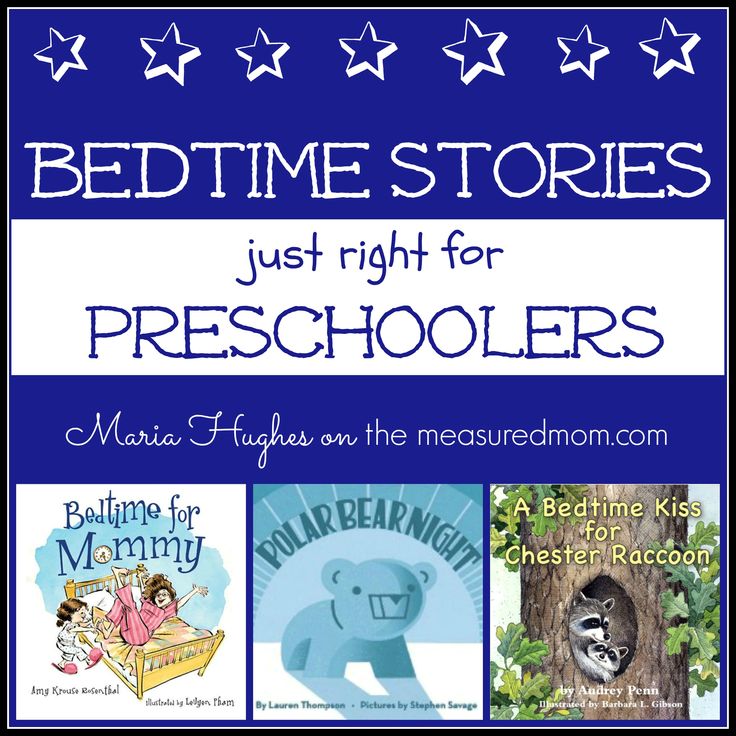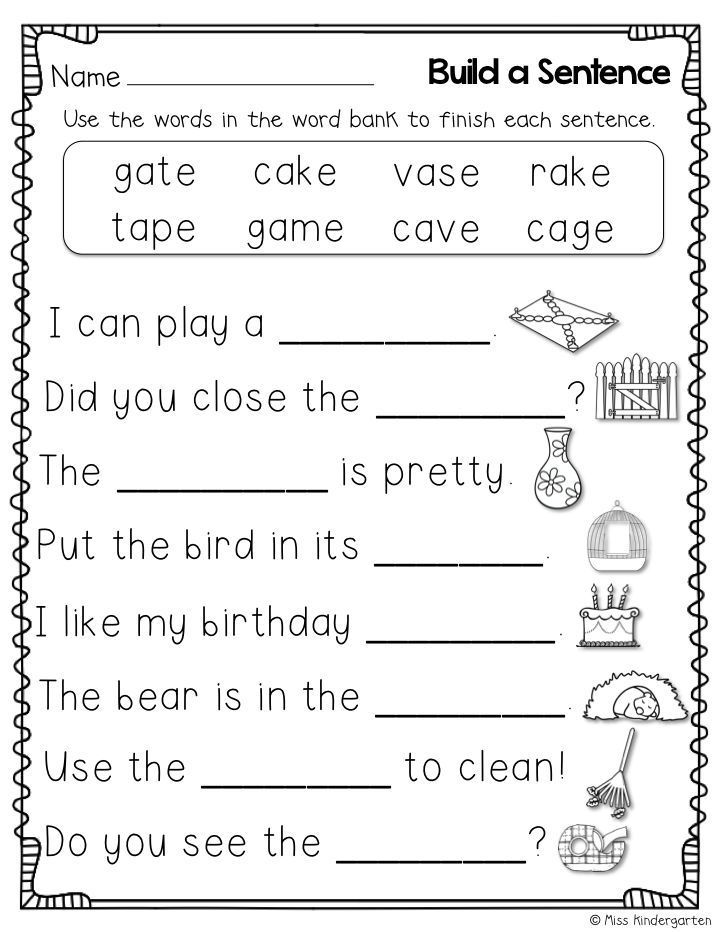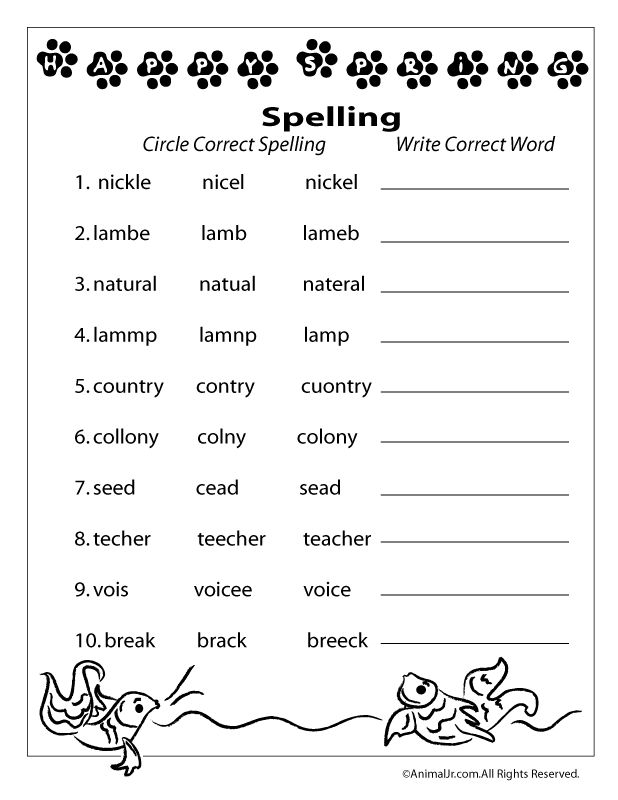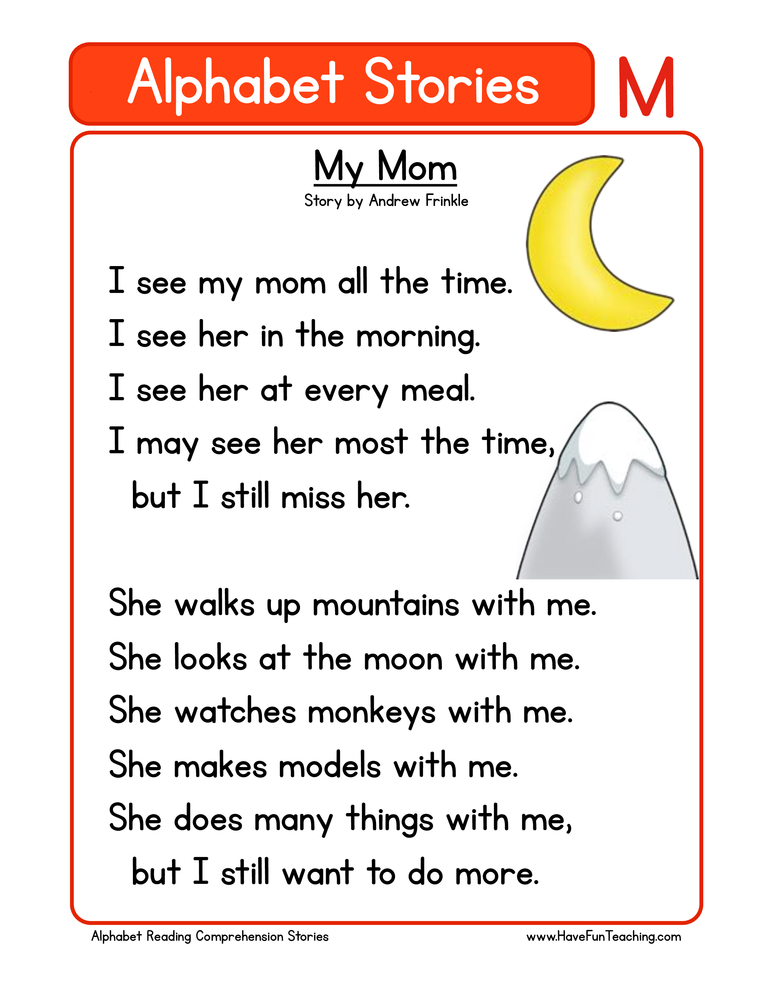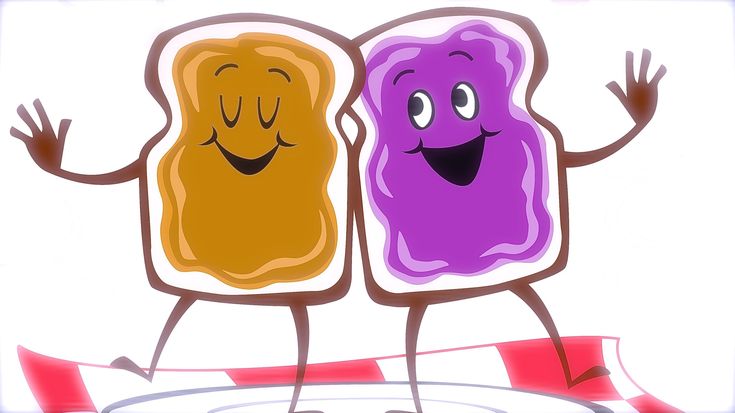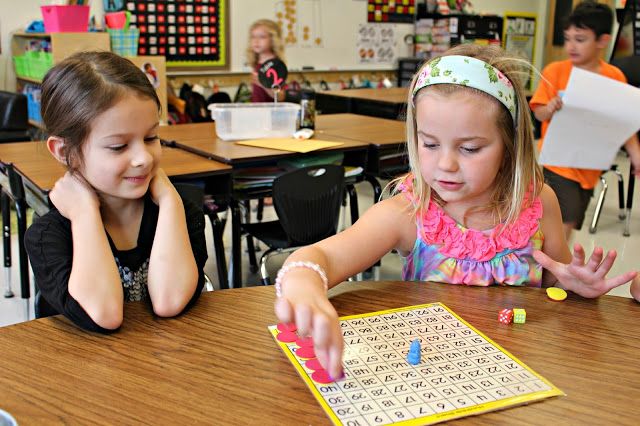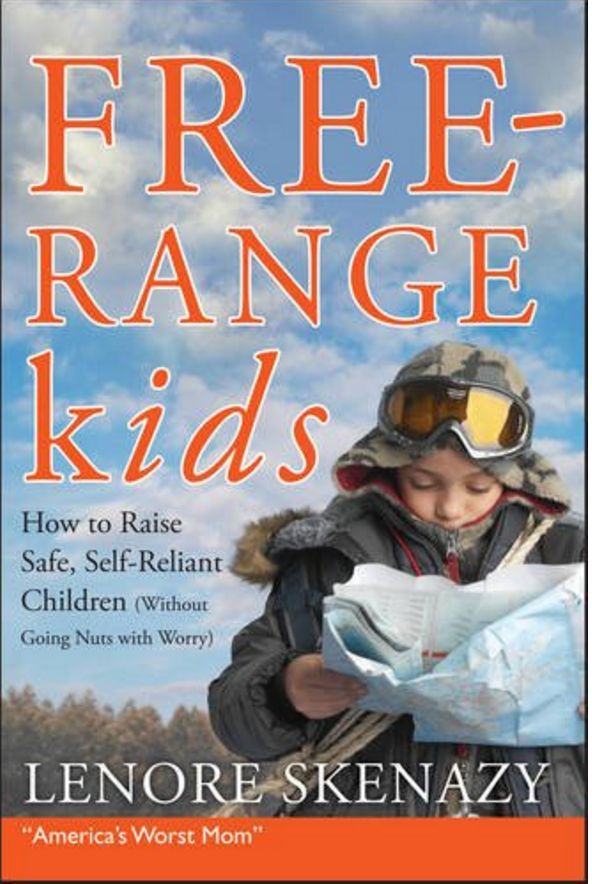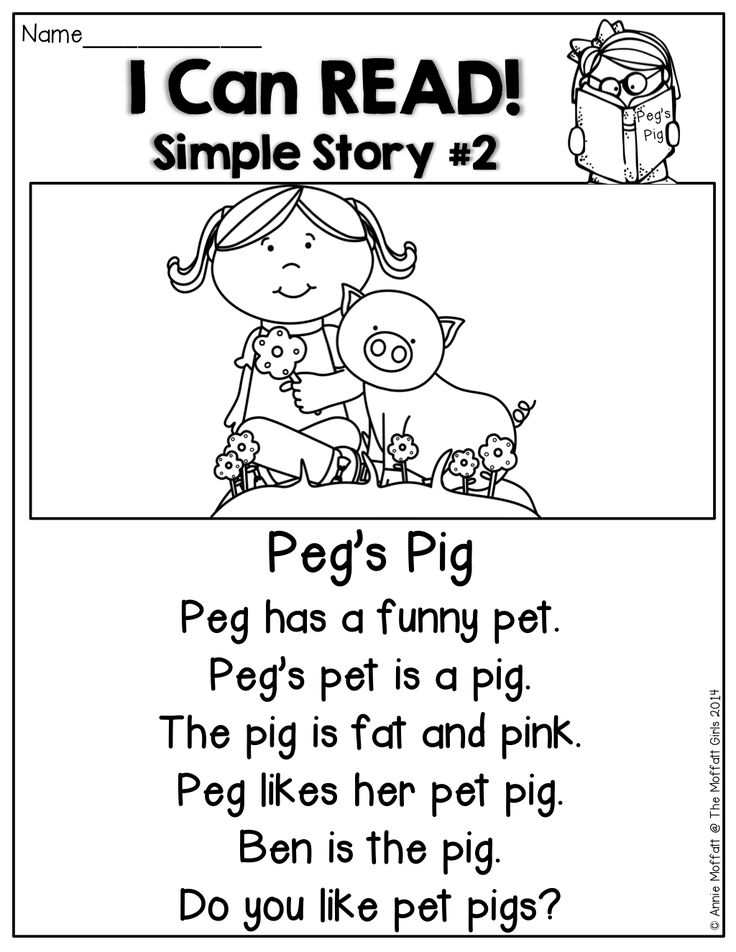Syllable counting activities
How to teach syllable counting (with activity pack!)
This post may contain affiliate ads at no cost to you. See my disclosures for more information.
Are you looking for ideas to teach syllable counting? Or resources to help kids practice their syllable counting skills?
Have you ever wondered why we teach syllable counting to young children? Are you looking to gain clarity on what exactly a syllable is?
If you answered yes to any of these questions, you are in the right place!
I had an idea to create a simple Syllable Counting printable, but the project kept growing, and growing, and growing. . . until it turned into an entire Syllable Counting Activity Pack!
That’s right, I have put together an incredible resource with everything you ever wanted to know about syllable counting, including what makes a syllable, strategies for teaching children to count syllables, syllable word cards, and several interactive activities and games to get kids practicing their syllable counting skills including syllable race, syllable mazes, syllable counting clip cards, and more.
Note: For more early language and literacy ideas, see my Literacy Activities for Kids Page.
What is a syllable?The dictionary definition for a syllable is: “a unit of pronunciation having one vowel sound, with or without surrounding consonants, forming the whole or a part of a word.”
You can also think of syllables as single, unbroken sounds of a spoken word. Sometimes syllables are referred to as the “beats” of language.
A word can have 1, 2, 3, 4, or even more syllables.
- 1 syllable words: hi, fun, kites
- 2 syllable words: hello, runner, party
- 3 syllable words: elephant, fantastic
- 4 syllable words: alligator, photography
Every syllable must contain at least one vowel, as it is the opening and closing of the mouth to say the vowel sound that makes a syllable.
However, it is the number of vowel sounds that determines the number of syllables in a word, not the number of vowels.
For example, words like ‘bike’ and ‘cake’ have two vowels but only one vowel sound. And words like ‘sound’ and ‘boil’ are spelled with vowel teams that make a single vowel sound. As such, these words all have just one syllable.
Also note that ‘y’ can make a vowel sound as in the words ‘try’ and ‘fly.’
While every syllable must contain a vowel, a syllable may or may not include consonants.
- A syllable may have no consonants, such as in the word ‘I’ or the syllable ‘a’ at the beginning of the two-syllable word ‘apex.’
- A syllable may have consonants at the beginning, such as ‘he’ or ‘pro.’
- A syllable may have consonants at the end, such as ‘is’ or ‘un.’
- A syllable may have consonants at both the beginning and end, such as ‘has’ or ‘run.’
The number of syllables in a word is unrelated to the number of letters in the word. ‘Sounds’ with six letters and ‘red’ with three letters both have just one syllable.
Similarly, the number of phonemes (the smallest unit of sound) is also unrelated to the number of syllables in a word. ‘Light’ has three phonemes (/l/ /igh/ /t/) and ‘go’ has two (/g/ /ō/), but both words have only one syllable.
‘Light’ has three phonemes (/l/ /igh/ /t/) and ‘go’ has two (/g/ /ō/), but both words have only one syllable.
To reiterate, it is the number of vowel sounds, not the number of vowels, letters or phonemes, that determines the number of syllables in a word.
Of course, your children can learn to count syllables without knowing any of this background information. But as an educator, you may have find this information helpful and clarifying.
Why is counting syllables important?Counting syllables is a pre-reading skill that children are expected to master in preschool or kindergarten. Learning to count syllables is important because:
- Dividing words into syllables helps the process of decoding
- Knowing the rules for syllable division helps students read words more accurately and fluently
- Knowing the rules for syllable division helps children to understand the conventions for spelling English words
When you start to teach syllable counting, have your child start with words of high interest to them, such as their names and the names of their family, pets, and friends.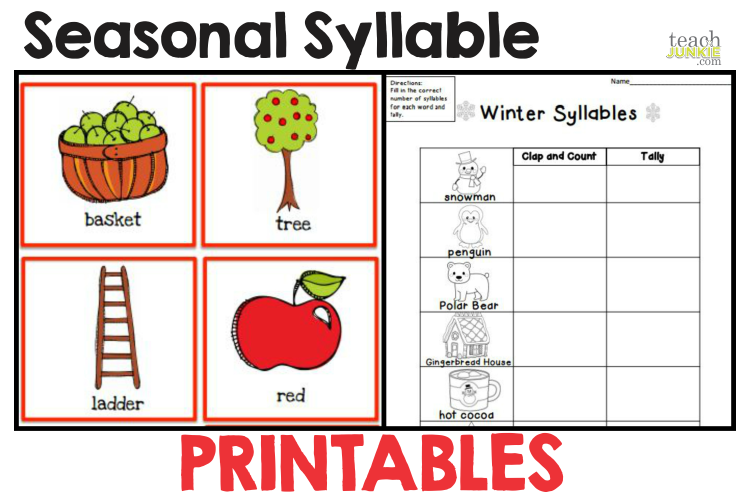 Then you can move on to other words that are relevant to them, such as naming their favorite foods or animals.
Then you can move on to other words that are relevant to them, such as naming their favorite foods or animals.
Below are several fun and simple strategies children can use when counting syllables:
Clap out syllables: Teach your child to clap each syllable as they say a word.
Tap out syllables with sticks: Instead of clapping, hand your child a set of sticks (e.g., craft sticks, drum sticks, or pencils). Your child should hold one stick in each hand and tap them together for each syllable in a word.
Stomp syllables: Have a child that likes to get up and move? Have them stomp the ground for each syllable they say in a word.
Hum syllables: Have your child hum the word and count the distinct ‘hums’ they make while saying the word. Since vowel sounds are the sounds that can be sustained, they are the sounds that get emphasized when we hum. As such, humming a word facilitates counting its syllables.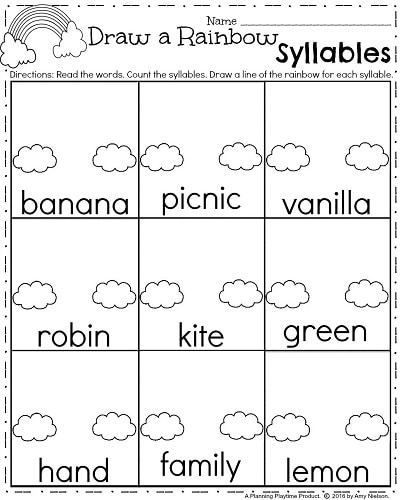 Try humming the word “elephant” and see how you make three distinct bursts of humming sounds while you do.
Try humming the word “elephant” and see how you make three distinct bursts of humming sounds while you do.
Talk like a robot: Have your child pretend to be a robot that talks in a very stiff, stilted way. Have your children “speak robot” while saying words, counting the syllables as they do.
Mark syllables on paper: Place a piece of paper on the table, and hand your child a marker. Have your child say a word, and encourage your child to press the marker to the paper each time they hear a syllable. At the end, your child can count how many marks they made on the paper. (Worksheets to support this strategy are included in my Syllable Counting Activity Pack.)
Count jaw drops: Each syllable has one vowel sound, and the mouth must open to say the vowel sound. As such, your child can count the number of syllables in a spoken word by placing their hand under their chin and feeling the number of times the jaw drops open.
Tools for practicing syllable countingI have created a Syllable Counting Activity Pack chock full of fun, simple, and hands-on ways for children to learn and practice syllable counting skills.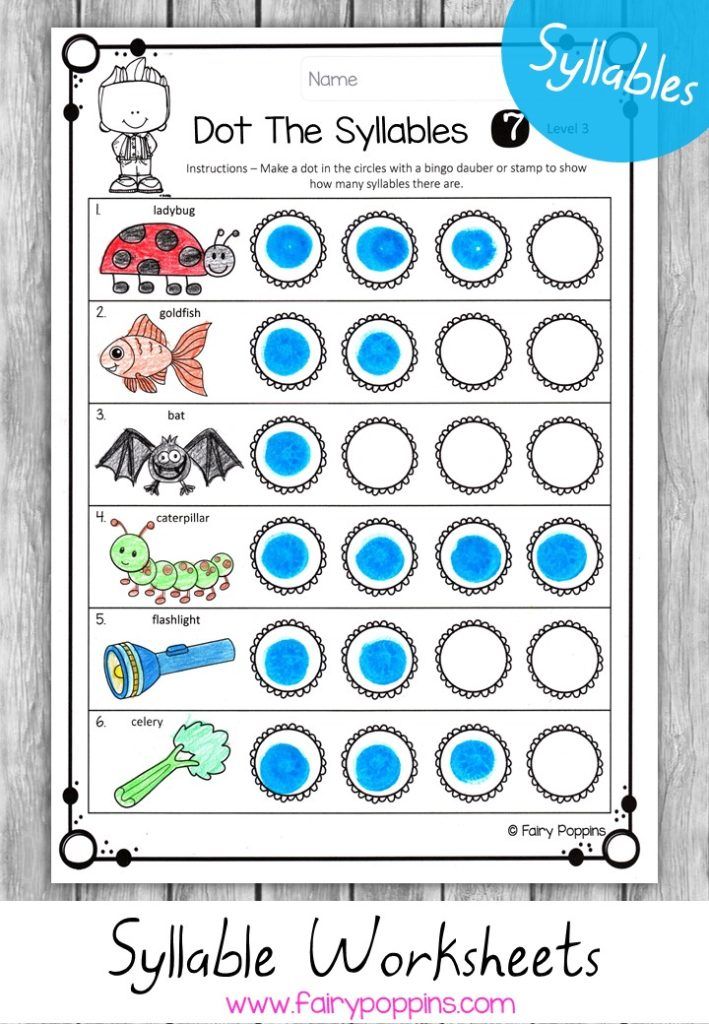
Three pages of syllable background information for the educator: All of the information in this post in a print-friendly format you can access at anytime.
Word cards for 1, 2, 3, and 4 syllable words: These word cards can be used along with several other materials in the Syllable Counting Activity Pack to provide children with diverse opportunities to practice counting syllables.
Syllable counting strategy cards for playing games: Print the strategy cards and place them into a differentiated instruction cube. Have your child roll the cube and then count the syllables in a word using the strategy rolled. (If you don’t have a differentiated instruction cube your child can simply select a strategy card from a pile.)
Syllable sorting labels: Use the included labels and word cards to have your child sort words based on the number of syllables in the word.
Syllable race game: Play a syllable race game for additional practice with counting syllables.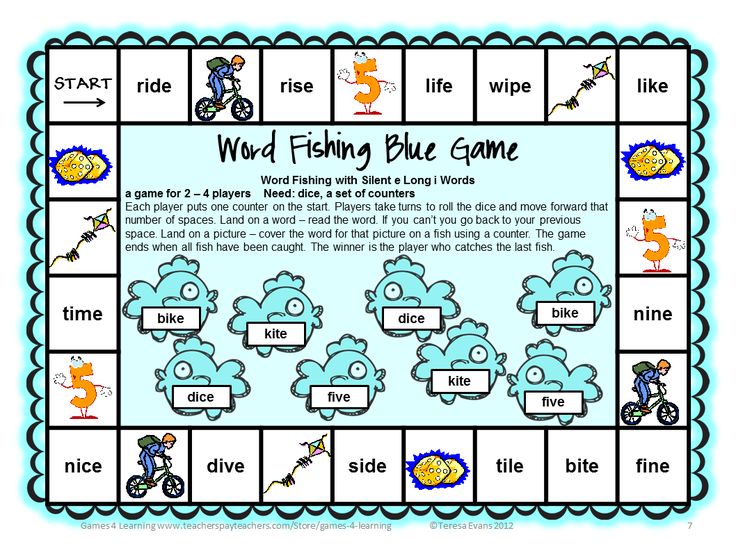
Syllable counting clip cards: Have your child count the number of syllables in the object on the card and then clip the appropriate number with a clothespin.
Syllable mazes: Practice syllable counting with these fun and colorful mazes! Children start at the top and then have to find all the words with the same number of syllables in a trail leading to the finish circle at the bottom.
Marking syllables activity worksheet: Your child can use dot markers to dot a number each time they say a syllable in the word.
Want a copy of my Syllable Counting Activity Pack?
Add this product to your cart by clicking the button below!
More ways to teach to early language & literacy skills
More early language activities from Gift of Curiosity:
- Sight word ball toss game
- Sight word tic-tac-toe
- Shaving cream writing
- Blending practice with pipe cleaners and letter beads
- Learning to alphabetize
- Language activities using miniature objects
You can find more ways to teach early language and literacy skills on my Literacy Activities for Kids page and my Letter Learning Pinterest board.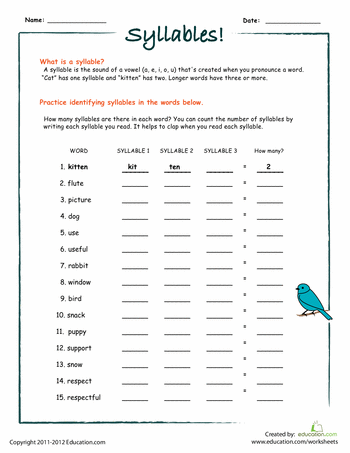
5 fun syllable activities - The Measured Mom
PSPKK12354 Comments
This post contains affiliate links. As an Amazon Associate I earn from qualifying purchases.
Sharing is caring!
Looking for fun syllable activities? You’ve hit the jackpot!
Hamburger. Ham-bur-ger.
Macaroni. Mac-a-ro-ni.
Motorcycle. Mo-tor-cy-cle.
Did you know that the ability to break words into syllables is an important part of phonological awareness? Phonological awareness. That’s a big teacher-y word, but it’s easy to define.
Phonological awareness = the awareness of sounds within words
Kids need phonological awareness before they learn to read. That’s why I’m sharing six fun ways to teach kids how to count syllables as part of our Get Ready for Kindergarten series. And here’s some great news – counting syllables is fun!
1.
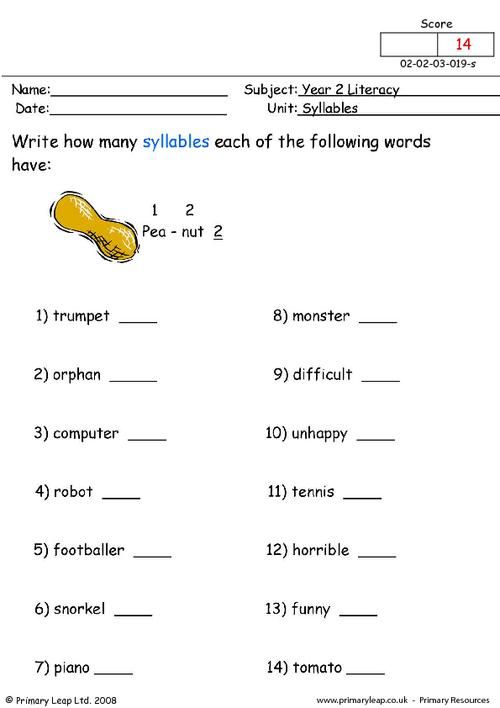 Jump.
Jump.First, I used painter’s tape to make a numbered ladder on the floor. My Four stood behind the first line. Then I held up a picture card (get them at the end of this post), and he jumped once for each syllable.
“Ham-bur-ger.” He looked down to see what number he was standing on. That’s how many syllables the word had.
He loved this and breezed through 24 cards in no time!
2. Sort pictures.
Next, I put the 1,2,3 and 4 syllable headers on our pocket chart. My Two handed her older brother one card at at time. He named the picture, breaking it into syllables as he did so. Finally, he filed the picture under the proper header.
I showed him how to clap the syllables, but he only needed to do that once. By saying each word slowly, he easily counted the syllables. “Cal-cu-la-tor. Four!”
3. Sort objects.
My Seven and Nine gathered toys for me that were one, two, three, or four syllables. Then I provided some sorting containers for my preschooler to sort them.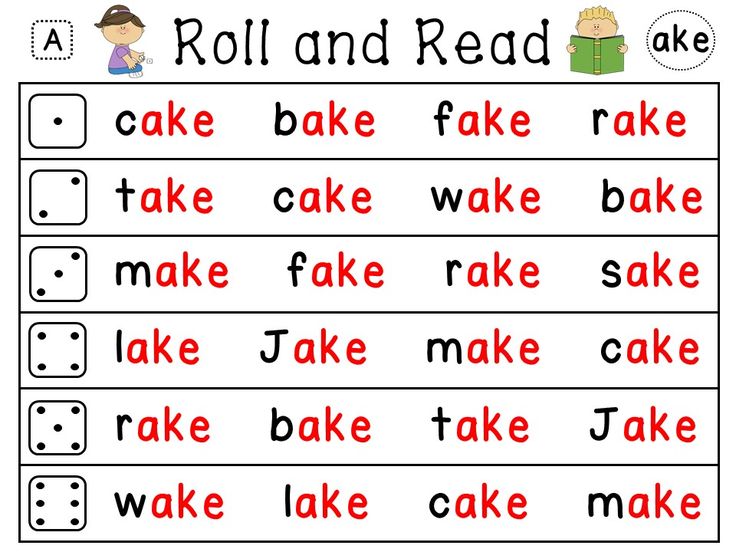
4. Manipulate.
Print these free cards from This Reading Mama. Then give your child small counters to move, one at a time, as he says each syllable. Have him count the manipulatives to see how many syllables are in each word.
5. Build.
Check out This Reading Mama’s post about counting syllables with duplo bricks – you’ll also get a set of free picture cards.
6. Clip it!
Just grab our free syllable clip cards, and have your child clip the correct number of syllables with a clothespin.
And there you have it – six hands-on ways to teach syllables!
Get the free sorting cards below. You’ll find a total of 48 cards, in three different formats – depending on how much ink you want to use. 😉 Make sure you select the pages you want instead of printing the whole document.
Get your free syllable activities!
CLICK TO DOWNLOAD
Syllable Activities
$10.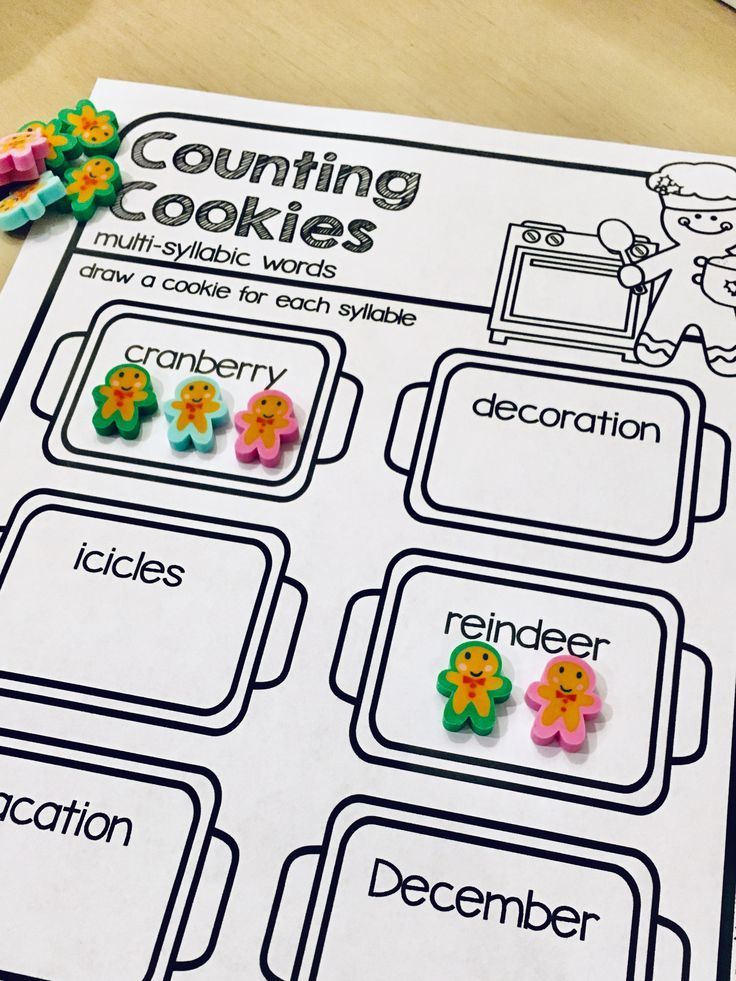 00
00
Build this important pre-reading skill with this fun variety of printable syllable activities for kids! You’ll find centers, games, sorting cards, and more in this bundle of ten different activities.
Buy Now
Free Reading Printables for Pre-K-3rd Grade
Join our email list and get this sample pack of time-saving resources from our membership site! You'll get phonemic awareness, phonics, and reading comprehension resources ... all free!
Sharing is caring!
Filed Under: Reading, Pre-reading Tagged With: first grade, kindergarten, syllables, phonological awareness
You May Also Enjoy These Posts:
Make a movie in your head! (a visualizing strategy)
A strategy to help kids remember what they read
Trackbacks
Development of the skill of syllabic analysis and synthesis
Development of the skill of syllabic analysis and synthesis
Exercises for the development of syllabic analysis and synthesis should be included in the work to correct violations of written speech, in particular when correcting dysgraphia due to a violation of language analysis.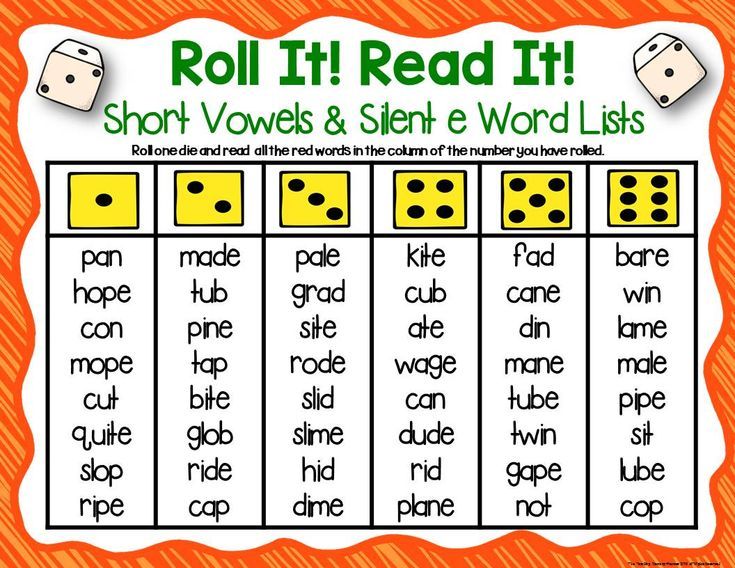 The transition to this topic is carried out after working out the sound-letter analysis of words.
The transition to this topic is carried out after working out the sound-letter analysis of words.
In addition, the following exercises will be useful for normatively developing children who have begun schooling. The skill of dividing words into syllables (syllabic analysis) and composing words from syllables (syllabic synthesis) is of great importance in mastering written speech by children. Thus, depending on how well the work on developing this skill will be carried out, the further development of the written speech of students depends. nine0005
Despite the importance of this process, we should not forget that even for normatively developing children, the process of transition from preschool childhood to school education is often quite difficult, not to mention children with speech pathology. In this regard, work on developing the skill of syllabic analysis should be organized in such a way as to involve children in it as much as possible. It is better to motivate children with a large amount of visual, illustrative material and the alternation of different types of activities. nine0005
nine0005
Possible methods and techniques of work are considered below, manuals and materials are presented.
1 . Sort the animals into houses (a task aimed at developing the skill of syllabic analysis)
Instruction for children: 900 Look at the picture carefully What is shown on it? (Three houses and animals).
The task can be performed both orally and in writing.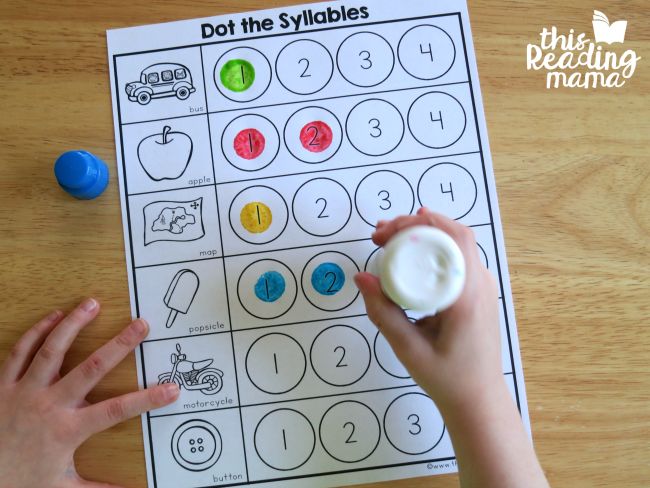 When writing, you can invite children to divide the notebook into three columns. In the first column write words with one syllable, in the second - with two, in the third - with three. When performing the task orally, invite the children to first name only those words in which there is one syllable, then two syllables, then three syllables. nine0005
When writing, you can invite children to divide the notebook into three columns. In the first column write words with one syllable, in the second - with two, in the third - with three. When performing the task orally, invite the children to first name only those words in which there is one syllable, then two syllables, then three syllables. nine0005
When dividing words into syllables, it is better to accompany them with clapping. Also, it will not be superfluous to work on highlighting vowels in words. After completing the task, you can ask the children what other animals can be placed in the first house, in the second, in the third.
2. Put the objects in their place (a task aimed at developing the skill of syllabic analysis)
The following illustration is being worked on in a similar way.
The speech therapist asks the children to arrange the items in the cabinets. In a cabinet with one compartment there should be words with one syllable, in a cabinet with two compartments there should be words with two syllables, with three - three syllables.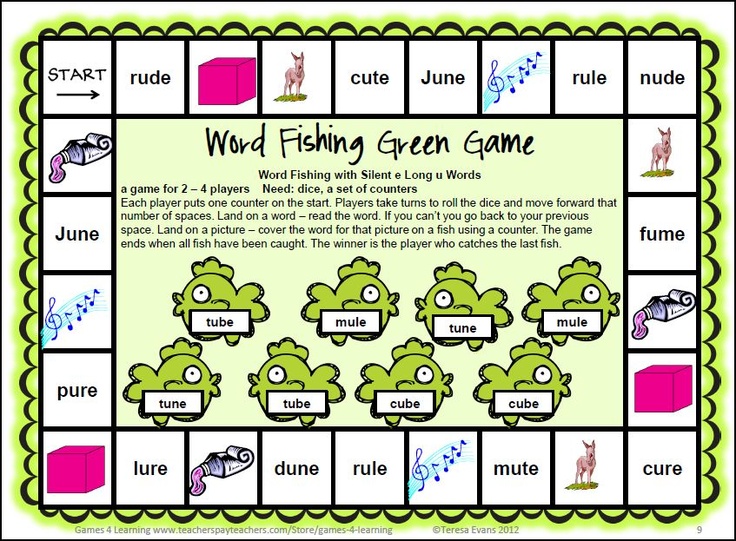 nine0005
nine0005
At the end of the task, you are also asked to think of other items that can be placed on the cabinet shelves.
3. Think and cut (syllabic analysis task)
This game requires little preparation. To carry out, it is necessary that each of the children have scissors. The speech therapist gives each child three different subject pictures and offers to cut it into as many parts as there are syllables in this word. At the beginning of the work, the speech therapist reminds the children of the Russian proverb: “measure seven times - cut one” and suggests that you think very carefully about your actions. After finishing the work, each child shows what he did, explains how he divided the word and why. To everything else, you can add writing syllables on each part of the picture. nine0005
When performing this task, work is simultaneously carried out in different directions: the development of the skill of syllabic analysis, the development of general motor skills of speech, the development of self-control and arbitrariness, the development of the skill of independent work.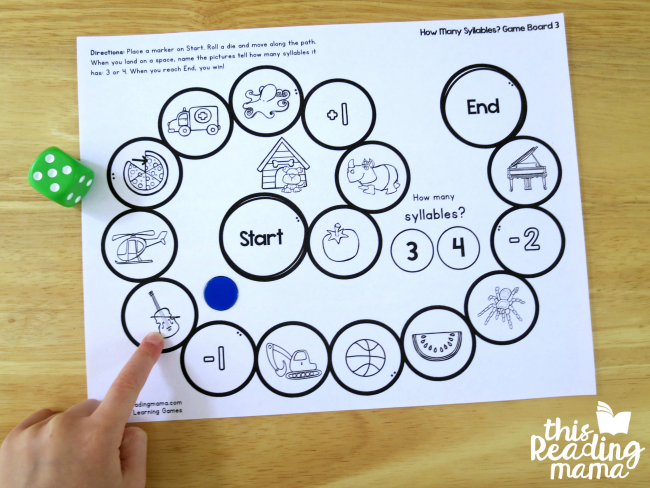 The trick of this task is that if the child makes a mistake, then it will not be as easy to correct it as with oral pronunciation. Of course, you should not take this type of work at the beginning of the study of the topic. At the same time, this task is very well suited for the final lesson. nine0005
The trick of this task is that if the child makes a mistake, then it will not be as easy to correct it as with oral pronunciation. Of course, you should not take this type of work at the beginning of the study of the topic. At the same time, this task is very well suited for the final lesson. nine0005
4. What syllable are you? (a task aimed at developing the skill of syllabic analysis)
This game can be used during group classes as a physical education session. The speech therapist divides children into small subgroups of 2, 3, 4 people. Then he puts subject pictures on the board, in the names of which there are 2, 3, 4 syllables. First, children are asked to divide the words into three groups, depending on the number of syllables. Then the speech therapist distributes cards to each group of children. If there are 2 people in the group, the children receive cards with 2 syllables in their names. The speech therapist invites them to divide the word into syllables. nine0005
nine0005
The first child names the first word, the second child the second syllable. This task can be made more difficult. After each child has named his own syllable, the speech therapist offers to come up with more words that have the same syllable and say what number it is. In addition to developing the skill of syllabic analysis, this game contributes to the development of children's communication skills and the ability to work in a group. Of course, when conducting a game, it should be borne in mind that children should know each other well and engage in such a composition for a certain period of time. nine0005
5. Collect words (the game is aimed at developing the skill of syllabic synthesis of words)
The speech therapist invites all children to gather around one table. In the center, the speech therapist lays out cards with various syllables. In turn, children make up words from the proposed cards, call them, the number of syllables in the word, vowels.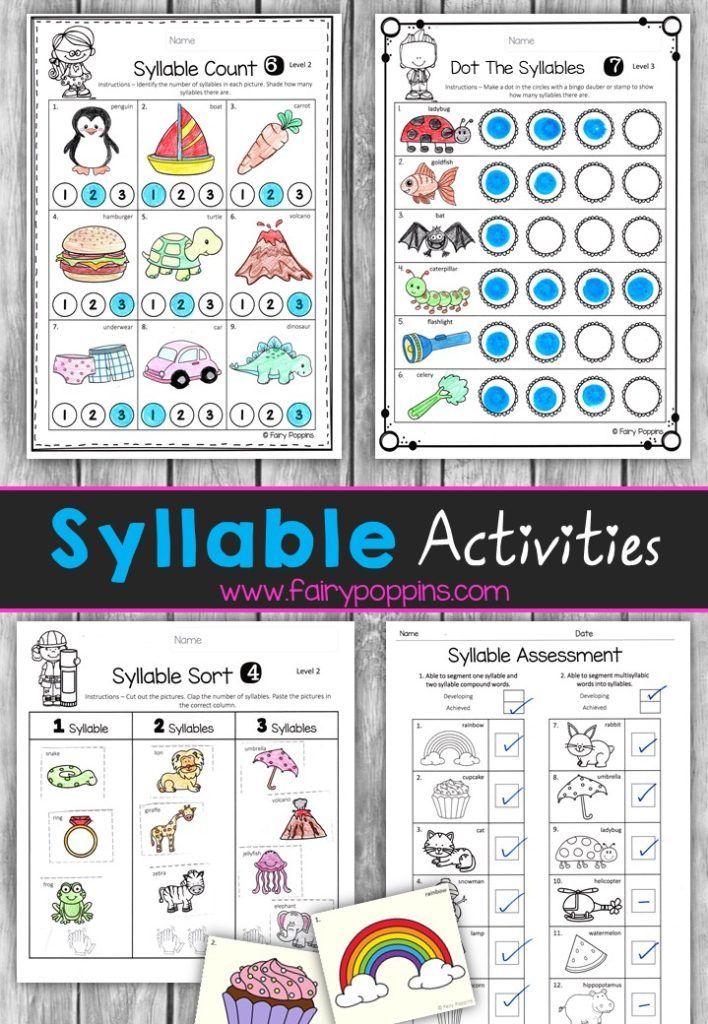 This task can be supplemented by making sentences with each of the resulting words. In this case, in addition to developing the skill of syllabic analysis, work will be carried out to develop coherent speech of children. This game can also be used as a physical activity and rest from written assignments, as well as, as a result, at the end of the lesson. nine0005
This task can be supplemented by making sentences with each of the resulting words. In this case, in addition to developing the skill of syllabic analysis, work will be carried out to develop coherent speech of children. This game can also be used as a physical activity and rest from written assignments, as well as, as a result, at the end of the lesson. nine0005
6. Scattered purchases (the game is aimed at developing the skill of syllabic synthesis of words)
The speech therapist puts on the board an image of a woman with packages, as well as various fruits with syllables written on them.
Instructions for children:
- Look at the picture. What do you see? (Woman with bags, fruit)
- This woman's name is Natasha. She was in a hurry to get home and lost all the fruit on the way. Let's help her collect them. nine0059 - What fell out of her bag? (jab-lo-ki)
- Who will come to the blackboard and place the syllables in the right order? Let's write the resulting word in a notebook.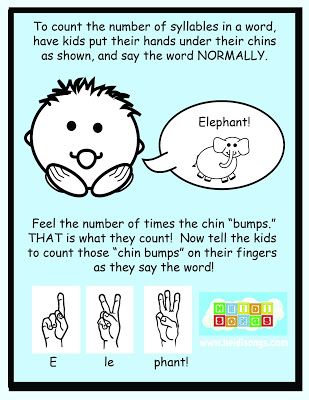
Do the same with all remaining fruits. This assignment can be done either in writing or orally. After writing the words, the children are invited to come up with what other fruits Natasha could carry from the store and divide them into syllables.
7. Mosaic (the game is aimed at developing the skill of syllable word synthesis)
The speech therapist puts on the board a picture of a boy and cards showing parts of a mosaic with signed syllables.
Instruction for children :
- This boy's name is Zhora. He loves to collect mosaics. Today he decided to come to our class and show his favorite game. Let's see if you can assemble the mosaic as well as Zhora.
- Look at the first card. What word is hidden here? nine0005
The task can also be completed in writing and orally. After completing this task, the speech therapist can invite the children to continue this game at home and come up with (you can even draw) several puzzle puzzles at home in order to check each other at the next lesson.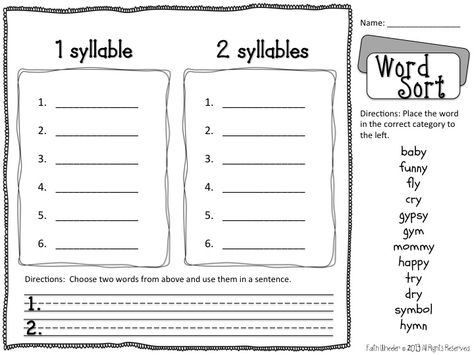
Acquaintance of children with graphic symbols
Many children experience difficulties in mastering letters and numbers - they cannot remember for a long time, confuse them, find it difficult to write and print, forget their elements. nine0005
For more effective assimilation of graphic symbols, various methods are used: To do this: 1. Traverse the printed letter with the index finger of the dominant hand, all fingers, fist, elbow, shoulder, toes, feet, heel. nine0005 2. Lay out a letter, number from sticks, matches, beans, pebbles, mosaics, various constructors, etc. slots. 4. Sculpt from plasticine (assemble a given letter, number from columns). Exercises for the development of speech breathing Most researchers note that for the normal functioning of the vocal apparatus, a certain correspondence of the tension of the muscles that carry out inhalation and form exhalation is necessary (Khvattsev M.E., Shchetinin M.N., Povalyaeva M.A. ., Semenova N.A.). nine0005 In order for speech to flow freely, easily and be varied, it is necessary to have a correct, full breathing and a well-developed, flexible voice of a large range. After articulation exercises, it is advisable to carry out exercises for the development of speech breathing, the purpose of which is to form skills and abilities to use speech breathing correctly. You can reinforce this skill with the help of a drawing depicting a "sound wave". Children find the top point with their eyes. Mentally put the index finger of the right hand on it in the air and begin to pronounce the given sound in one breath, accompanying the movement of the index finger at a given pace. 1. Flower. Take a breath and hold your breath, smell the flower. Inflate the toy. Inflate rubber inflatable toys, balls, taking in air through your mouth and slowly exhaling it through your mouth into the hole of the toy. Games for the development of speech breathing in children If a child does not speak well, then work on the development of speech should begin, first of all, with the development of breathing. Various games and exercises help develop breathing. nine0005 What is it for? Proper (physiological) breathing will help the child learn to speak calmly, smoothly, without haste. If a child puffs out his cheeks during speech, then his speech is slurred precisely for this reason. And before starting the production of sounds, it is necessary to teach the child the correct development of the air jet. I offer you some games and exercises for the development of proper speech breathing in children: "Soap bubbles" One child blows soap bubbles, the rest of the children blow on them and do not let them fall. Bubble Children stand in a circle with their heads tilted down, imitating a bubble. Then, repeating after the adult “inflate a bubble, inflate a big one, stay like that, but don’t burst!”, the children raise their heads and gradually move back, forming a large circle. At the signal of the adult “The bubble has burst”, the children go to the center of the circle, pronouncing “C”, imitating the outgoing air. “Whose bird will fly the farthest?” Birds made of thin colored paper are placed on the edge of the table. Two children stand in front of the birds. On a signal: “The birds have flown!” children blow on the figurine. You can advance the birds only on one exhale. The rest of the children are watching whose bird will fly farthest. "Butterfly - fly" An adult takes turns bringing a piece of paper with a butterfly lying on it to the children (a piece of green cardboard, a light butterfly made of tracing paper, tied with a thread to the leaf). Each child should exhale smoothly, so that the butterfly flies smoothly from the flower, and not abruptly or jerkily. "Dandelions" "Butterfly" The child, stretching out his lips with a tube, without puffing out his cheeks, blows on a butterfly to make it fly (a butterfly on a string is attached to a rectangular frame with a handle). "Whose cube will rise higher?" "Captains" Children sit in a semicircle. In the center on a small table is a large basin of water. An adult invites children to ride a boat from one city to another, marking the cities with icons on the edge of the pelvis. In order for the boat to move, you need to blow on it slowly, folding your lips, as for the sound “F”. The ship is moving smoothly. But here comes a gusty wind "P-p-p . Sections: Russian language Class: 4 Tasks: Definition of lesson type. See and t, p acc. LESSON DICTIONARY Definition of the subject of research ( Vocabulary, graphics, phonetics, spelling - card in the "Lesson Dictionary"). | | Hint questions: Option 1 Option 2. Option 3. 2. What number of syllables can be stressed? 3. What syllable formulas can be found in verbs? 2. Which number can a syllable be stressed? 3. What syllable formulas can be found in verbs? nine0005 Statement of the lesson topic Activity planning Work plan GROUP RULES Group posters 1 group scream Startle Yip Group work (one student at the blackboard). Independent work in a group. Type of posters after group work Discussion of the results of group work – How many syllables are there in the verbs? – What is the largest number of sounds a syllable can contain? Lesson Summary On the board: How we studied the verb We decided to find out __________________.
5. Lay out letters, numbers from woolen threads of various thicknesses, ribbons on velvet paper.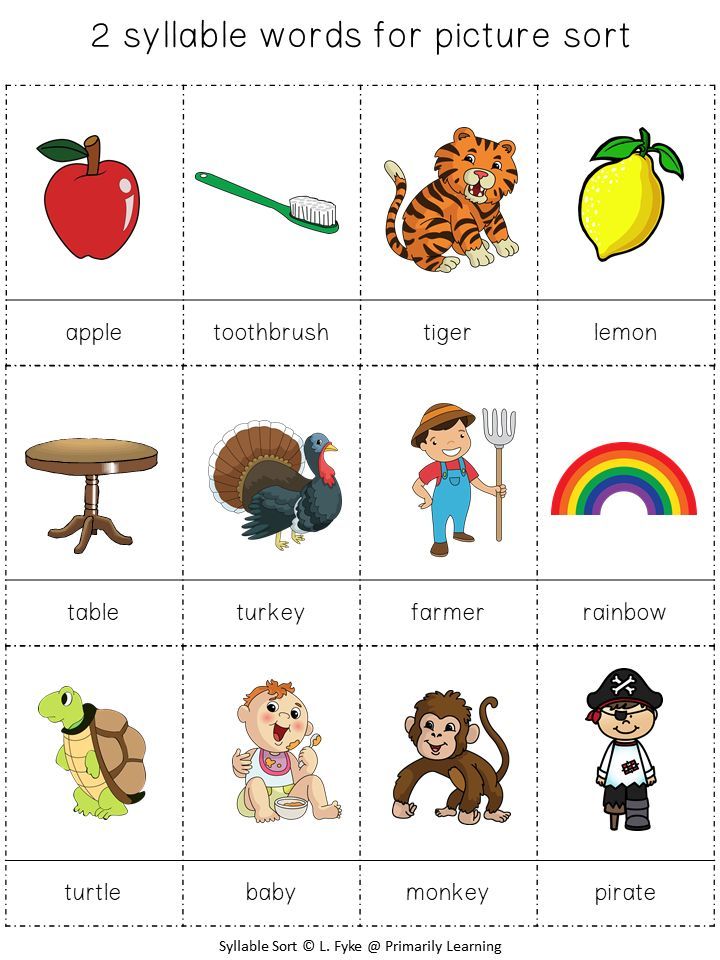
6. Print letters, and then write capital letters with a finger, a stick on the sand, semolina (letters first, then syllables and at the final stage whole words). nine0059 7. Write a sign with a finger (watercolor) on a sheet of paper; in the air; correlate the number with the set (three circles means the number 3).
8. Select the necessary pictures for a certain letter (according to the first sound, B - a ram, a bun, a drum).
9. Draw the missing element in the graphic symbol, first in capital letters, then in capital letters.
10. Print letters point by point, hatch a letter, a number.
11. Print letters, write numbers (first in a large cell - consisting of 2, 4 standard cells, then in a regular cell). nine0059 12. Print syllables, words, sentences in notebooks in a cage, match printed and capital letters, write letters, syllables of a word in capital letters.
13. Name what letter, number the adult printed on the palm, back of the child, the child develops tactile sensations.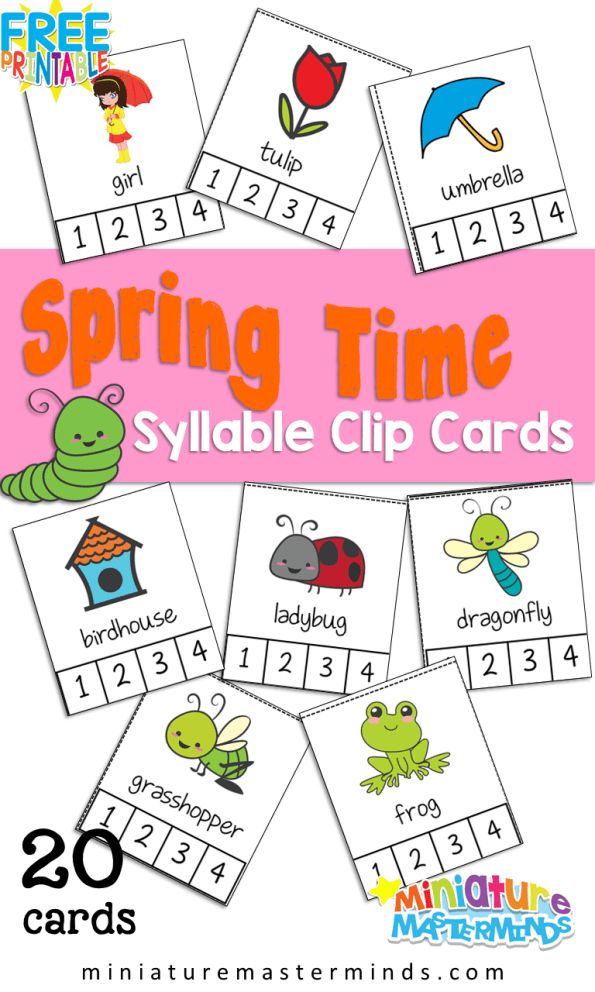 First the child with his eyes open, then closing them.
First the child with his eyes open, then closing them. 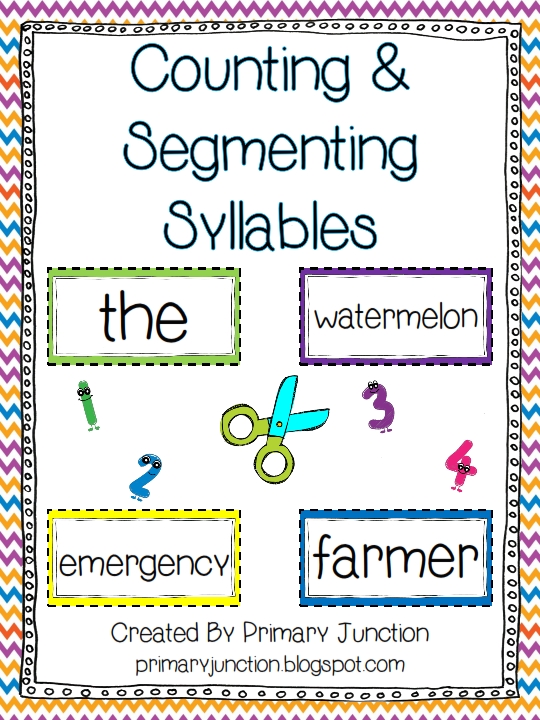 nine0005
nine0005
2. Smell. To recognize an apple, juice ... by smell, first with open eyes, then with closed ones.
3. Candle. Take a breath. At the signal “Quiet breeze”, slowly exhale onto the flame of the candle so that it deviates, but does not go out. At the signal “Strong breeze”, blow out the candle with a sharp exhalation. (you can use a mock candle).
4. Whose locomotive (steamboat) hums longer? Give the child a clean bubble (a cap from a felt-tip pen, etc.) To make it buzz, you need to lightly touch the edge of the bubble with your lower lip. The jet must be strong. Blow for a few seconds. nine0059 5. Warm your hands. Children inhale through the nose and blow on the “frozen” hands, exhaling smoothly through the mouth.
6. Sultan. For a long time blow on a sultan made of strips of paper, on colored panicles, on the tails of birds, on the fins of fish, and so on.
7. Straw.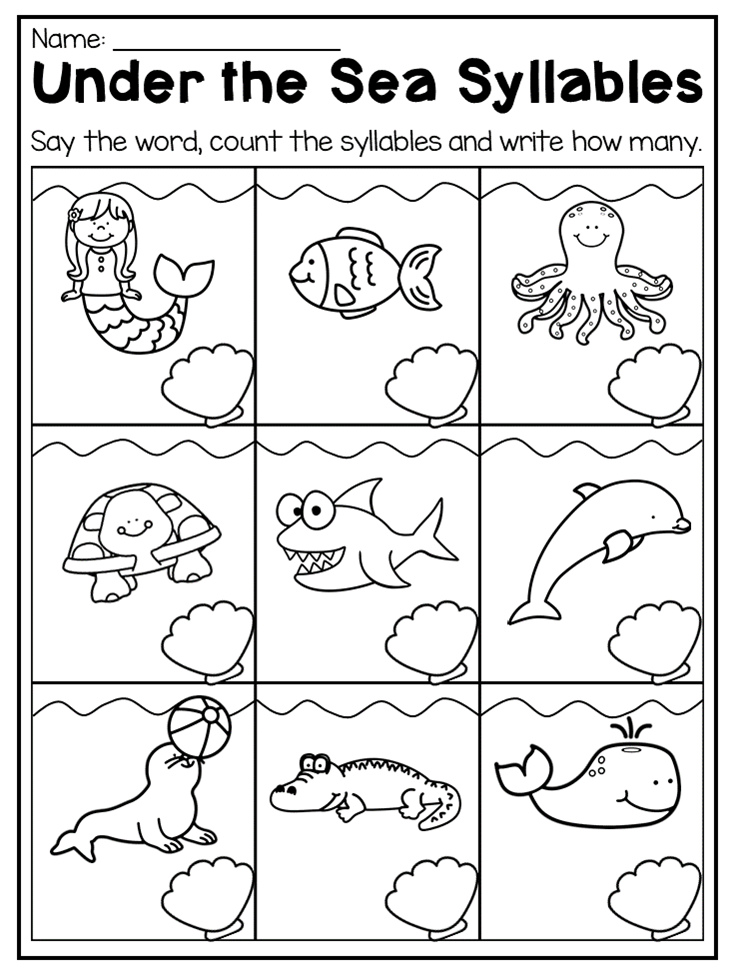 Blow through a short tube on finely cut pieces of paper, cotton balls, etc.
Blow through a short tube on finely cut pieces of paper, cotton balls, etc.
8. Bubbling water. Blow into a bottle of water through a straw. The exhalation should be even and long - then the water will boil for a long time and evenly.
9. Football players. Children score balls - balls of cotton wool (foil) into the football goal. nine0059 10. Ships. Through a short tube, blow on paper boats, competing to see whose boat will win. You can blow on plastic toys floating in the water, on "boats" - halves of a walnut with a sail. 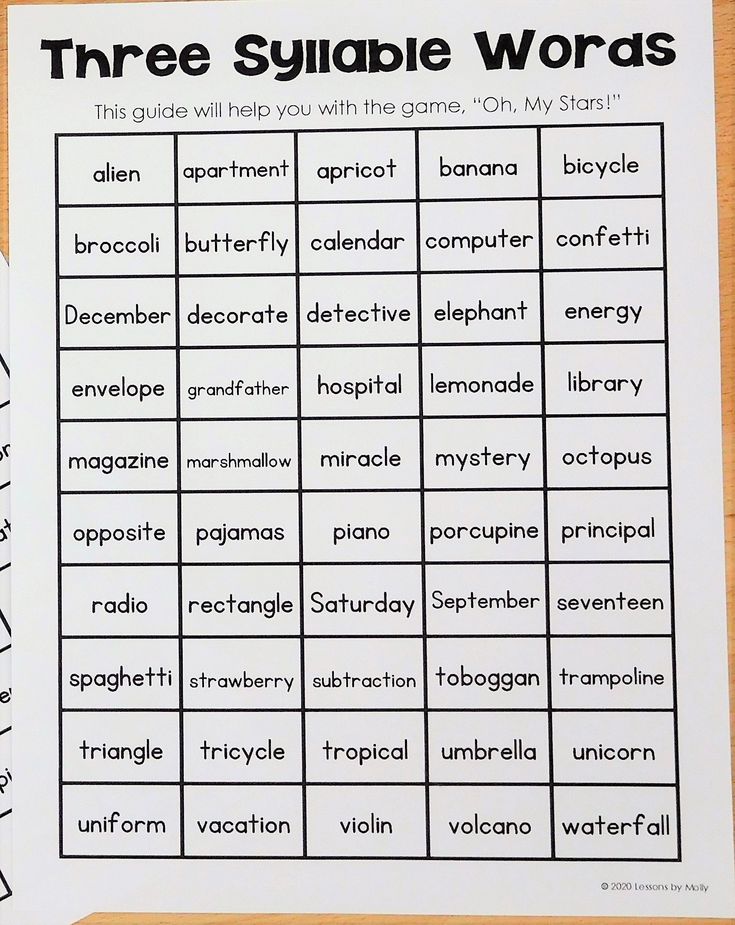 Some exercises for the development of breathing also help to teach the child to pronounce certain sounds correctly.
Some exercises for the development of breathing also help to teach the child to pronounce certain sounds correctly. Breathing exercises
Purpose: development of a long, smooth and strong exhalation, activation of the muscles of the lips.
Purpose: development of a long, smooth exhalation, activation of the lip muscles.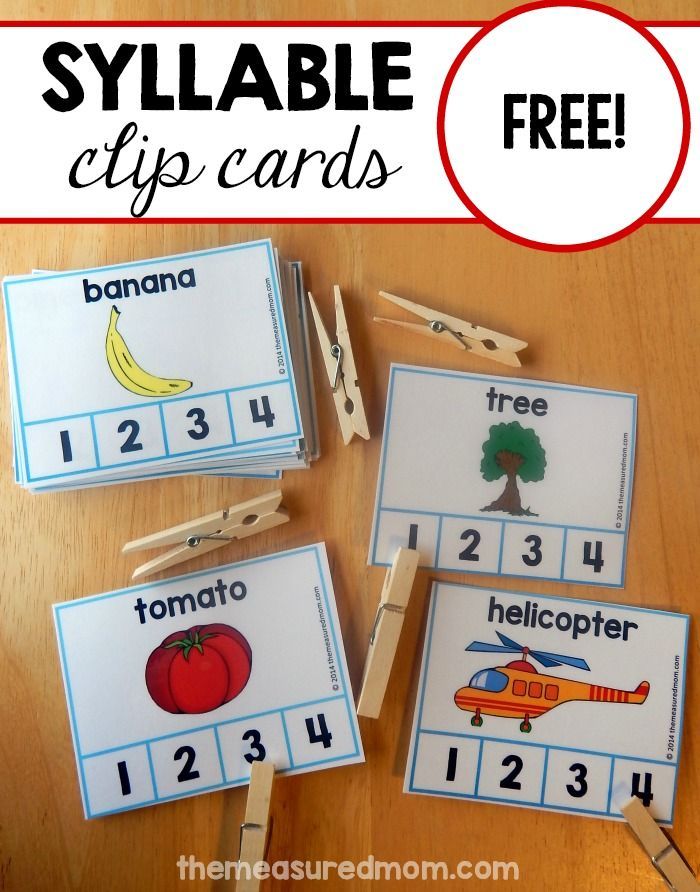
Purpose: development of a long, smooth exhalation, activation of the lip muscles.
Purpose: development of a long, smooth and strong exhalation.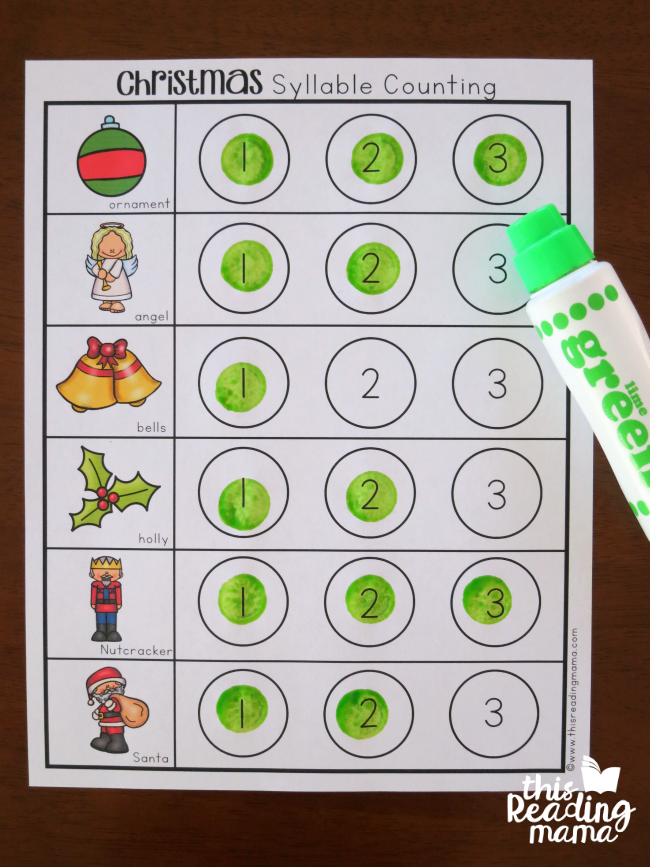
Purpose: development of a long, smooth and strong exhalation.
The game can be played in the country or in the park. Children blow on dandelions to blow off all the fluff.
Purpose: development of a long, smooth exhalation, activation of the lip muscles. 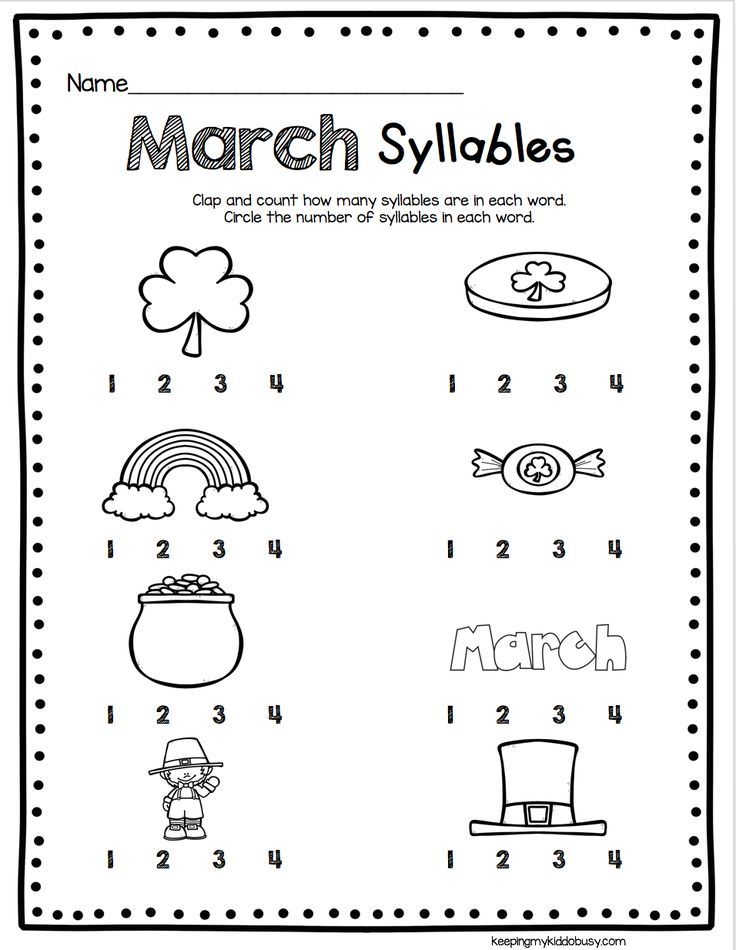 nine0015
nine0015
Purpose: to develop diaphragmatic breathing.
Children lie on a carpet, a light plastic cube is placed on their stomach. Children take a deep breath through their nose and exhale through their nose, while the adult watches whose cube rises higher.
Purpose: alternation of long smooth and strong exhalation, activation of the muscles of the lips. nine0015  ." You should blow without puffing out your cheeks, stretching your lips with a tube. The called child blows while sitting on a small chair pushed up to the table. nine0015
." You should blow without puffing out your cheeks, stretching your lips with a tube. The called child blows while sitting on a small chair pushed up to the table. nine0015 Abstract of the Russian lesson on the topic "Formulas of syllables in verbs" (4th grade)
Abstract of the lesson of the Russian language on the topic "Formulas of syllables in verbs" (4th grade)

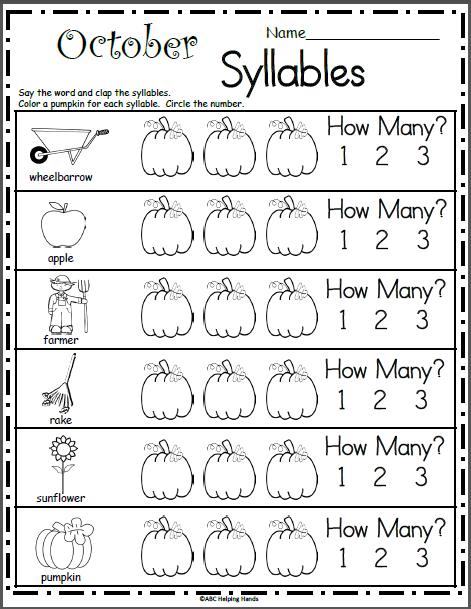 )
)
 Let's stop at the word.
Let's stop at the word.
? nine0263? ? ? value sounds
accent
syllables letters writing rules
Language sections Phonetics Vocabulary Spelling Graphics

Vocabulary Phonetics Graphics Spelling value sounds
accent
syllables letters writing rules
 3 - Sasha + Galya. 4 and 5 - something from chemistry. 6- math formula (sum of squares). nine0448
3 - Sasha + Galya. 4 and 5 - something from chemistry. 6- math formula (sum of squares). nine0448
ch.
____|_____|_____
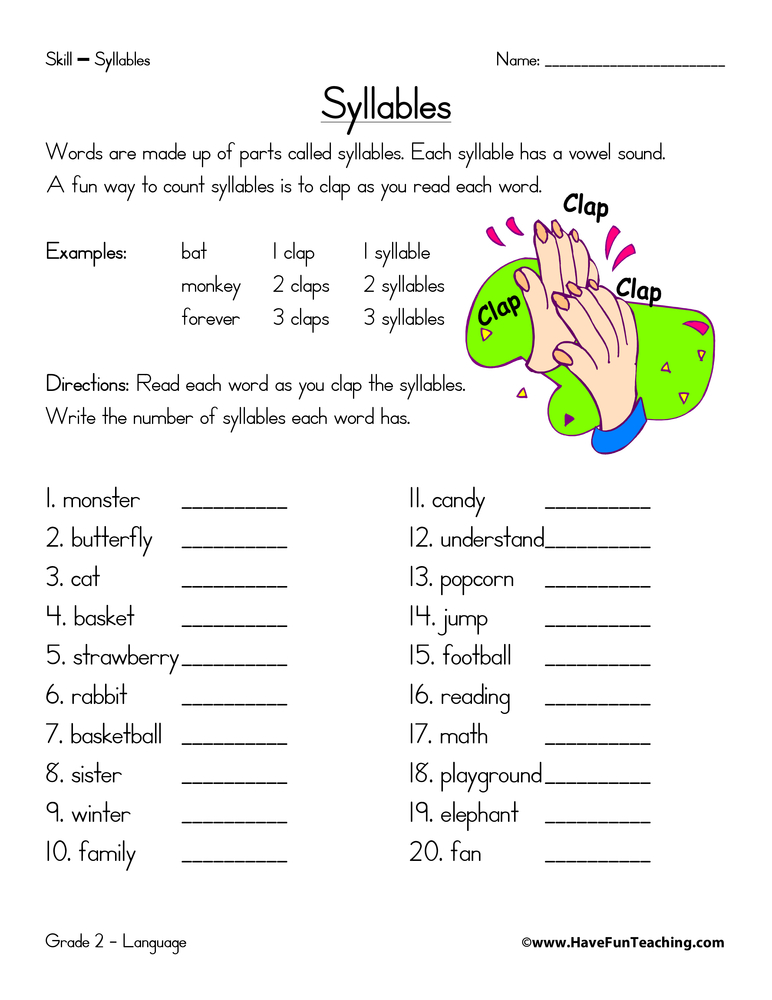
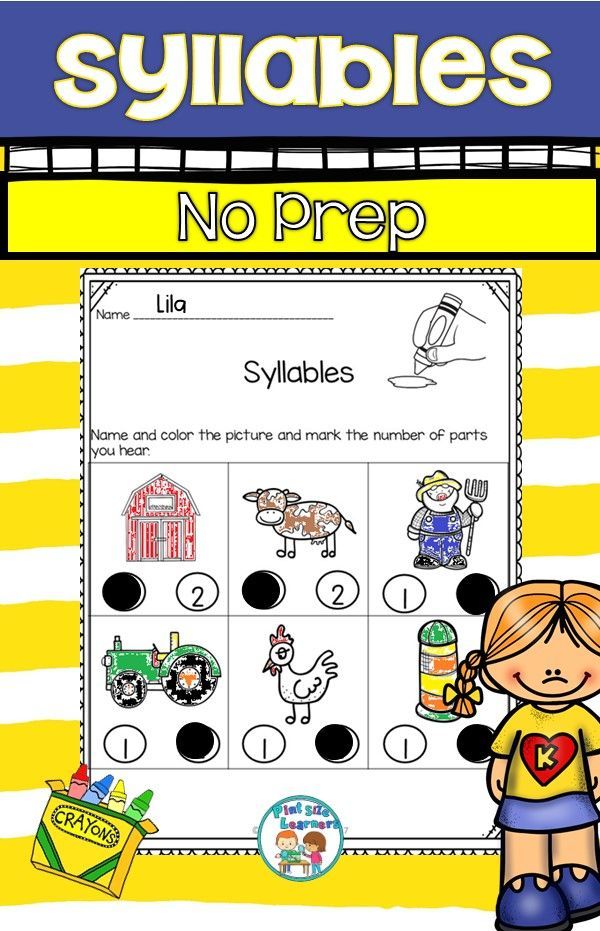 )
)
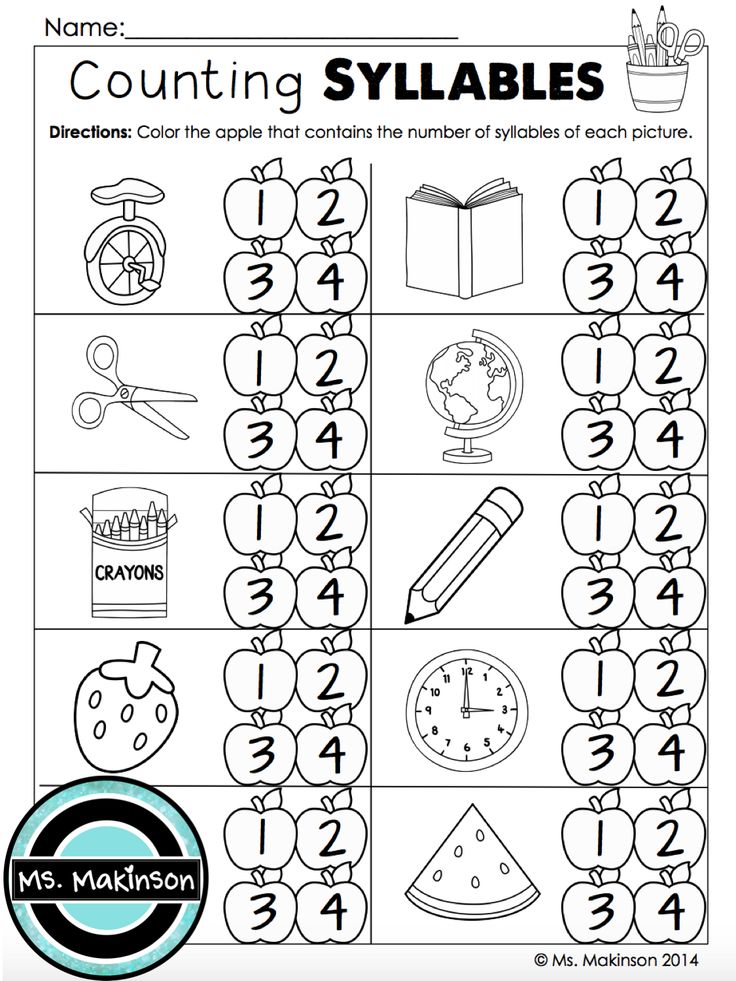
1. How many syllables are there in verbs? ORDER QUALITY QUANTITY
1. How many syllables are there in verbs? ORDER 2 QUALITY 3 QUANTITY 1
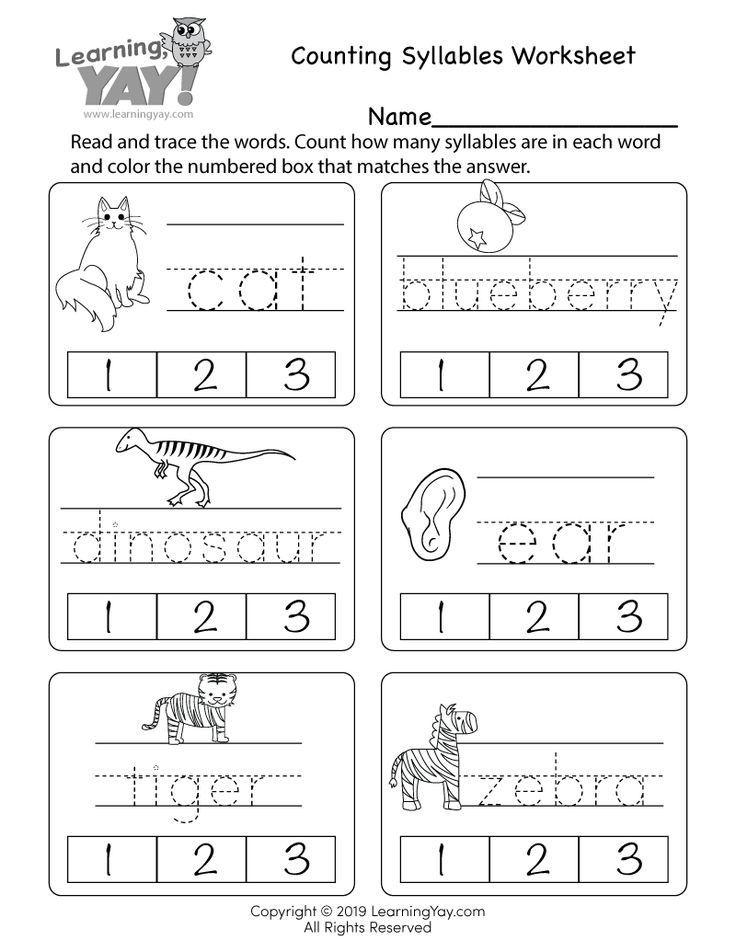
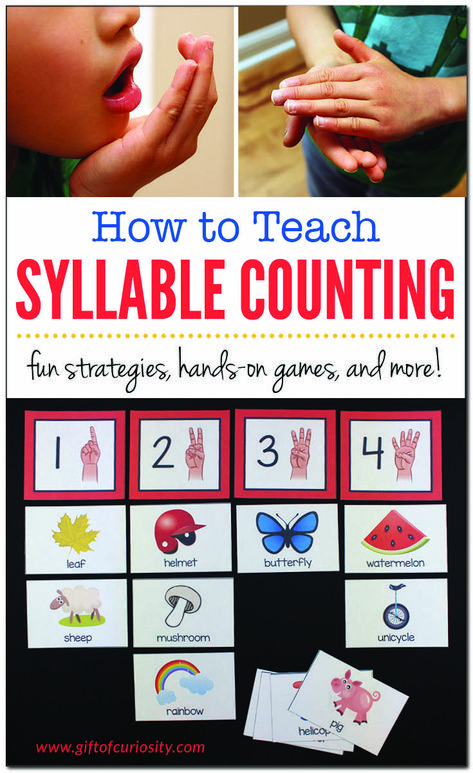
Verbs 1 syllable 2 syllable 3 syllable 4 syllable
grab hold
Meditate
Explore
get lost
TOTAL nine0263 Verbs 1 syllable 2 syllable 3 syllable 4 syllable Group 2
Watch
sparkle
Build
rake
TOTAL Verbs 1 syllable 2 syllable 3 syllable 4 syllable 3 group
Whoo
Conquer
splash
squeal
TOTAL
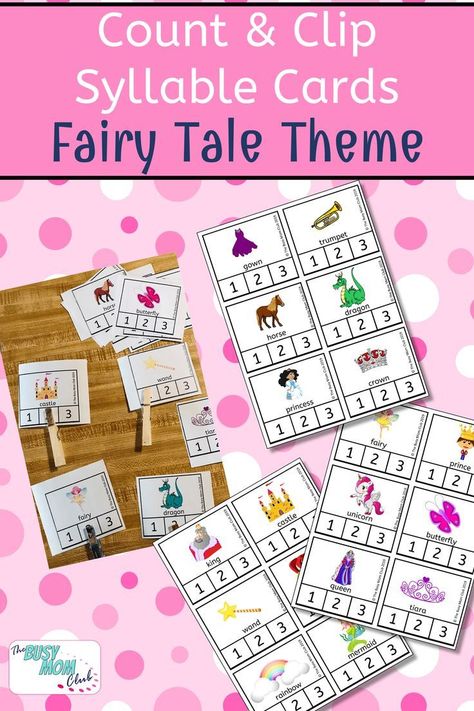 )
)
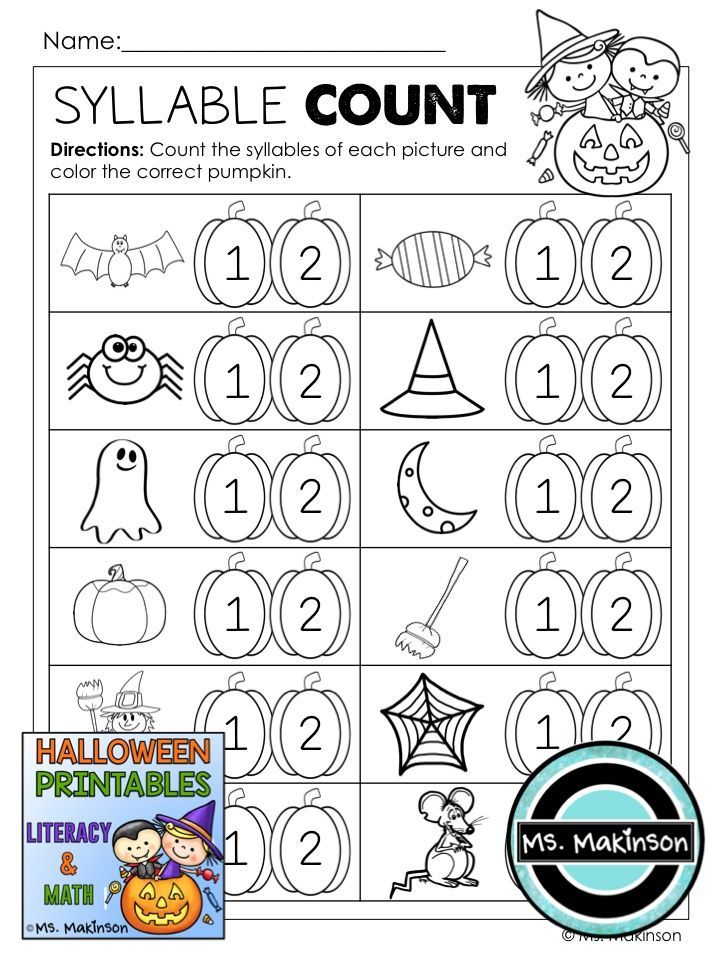 Discuss what and how you will do next? (Divide the word into syllables with vertical lines.)
Discuss what and how you will do next? (Divide the word into syllables with vertical lines.)
Du-mother SG* GHS* – –
 Discuss who will report on the work of the group.
Discuss who will report on the work of the group.
Verbs 1 syllable 2 syllable 3 syllable 4 syllable 1 group Scream SSSSG* SG* GHS* – nine0282 D* SSG* GHS SG Think GHS GHS GHS – Follow-up GS* SSG SG GHS For-for-lust nine0263 SG SSG GHS SG TOTAL 3 2 1 0 Verbs 1 syllable 2 syllable 3 syllable 4 syllable 2 group Tremble SSSSG* SG* GHS* – See SSGS* GHS – – Sparkle GSS* GHS – – Construction SSGS* SG – – Rake SSSG* GHS – – TOTAL 5 1 1 0 Verbs 1 syllable 2 syllable 3 syllable 4 syllable Group 3 Yelp SGSS* GHS* – – Oh-hat D* GHS – – Power SSGSS* SG* GHS – Splash SSSSGS* GHS – – Squeal SSSGSS* nine0263 GHS – – TOTAL 5 2 0 0
 1 group, hang a poster on board, listening to your report. (Same as 2 and 3.)
1 group, hang a poster on board, listening to your report. (Same as 2 and 3.)
1 group Scream SSSSG* SG* GHS* nine0263 – D* SSG* Think Follow-up GS* For-for-lust nine0263 2 group Tremble – See SSGS* Sparkle GSS* Construction SSGS* Rake SSSG* Group 3 SGSS* nine0263 – – Yelp Oh-hat Power SSGSS* - Splash SSSSGS* – – Squeal SSSGSS* – – TOTAL 14
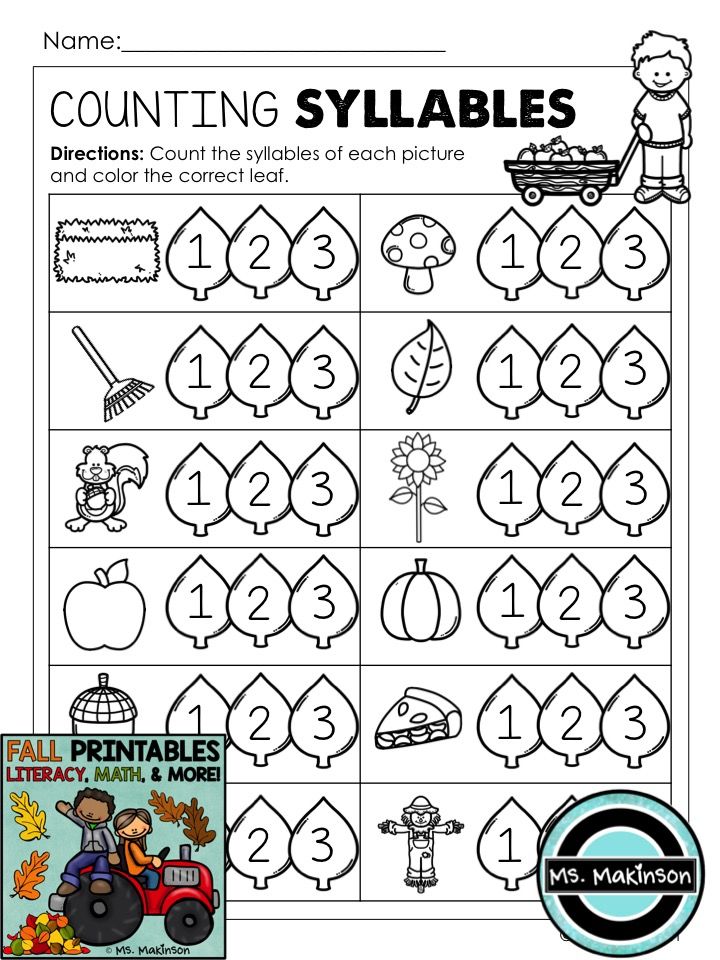 OR The verbs of this group have 14 different syllable formulas.)
OR The verbs of this group have 14 different syllable formulas.)



